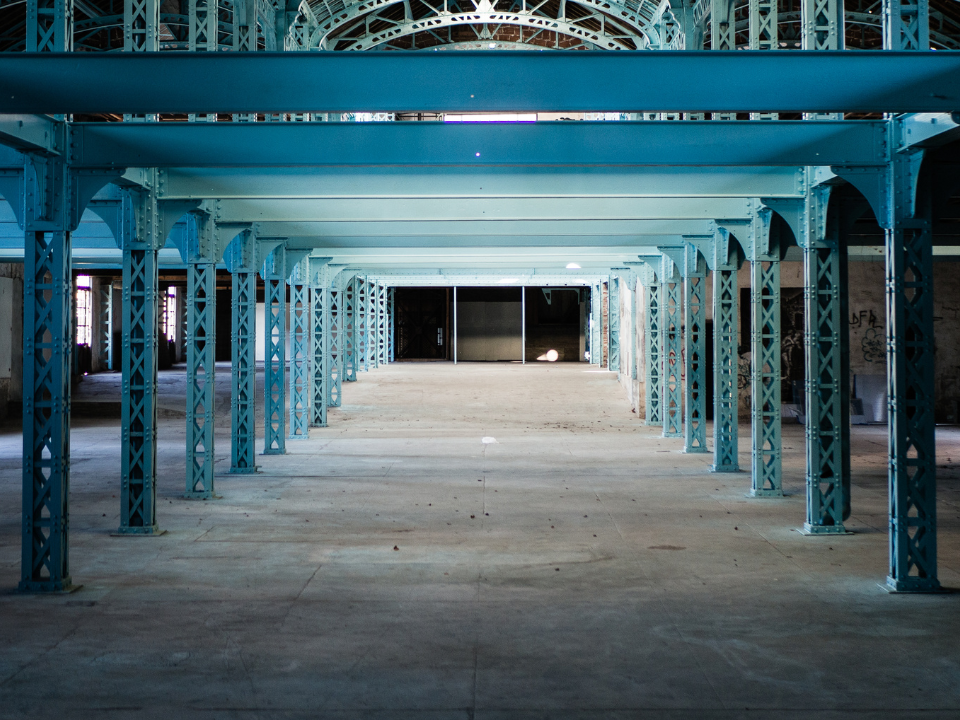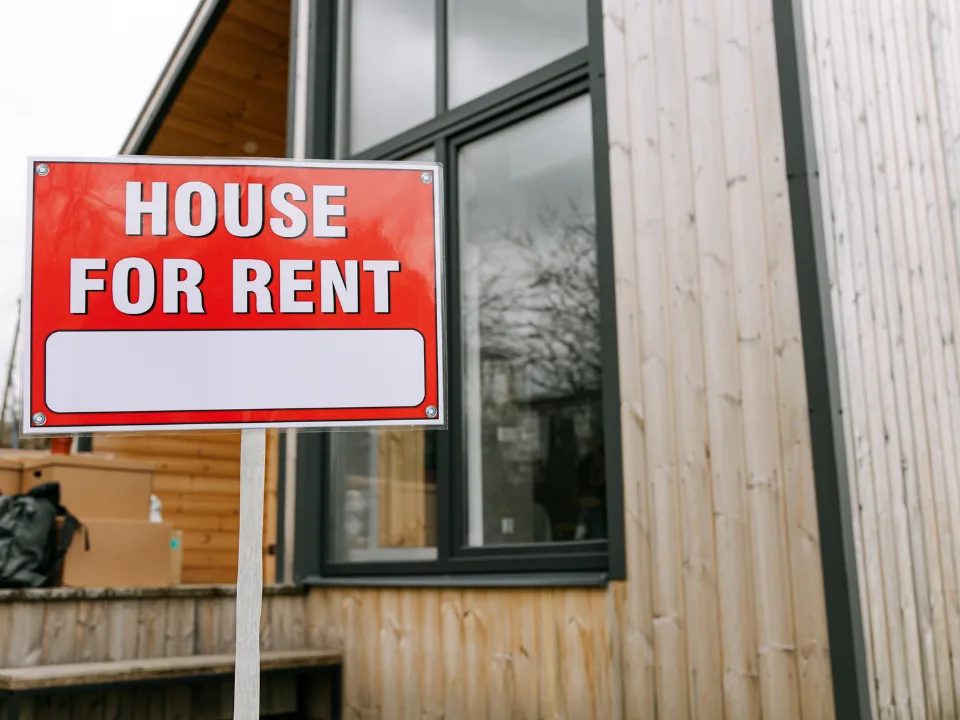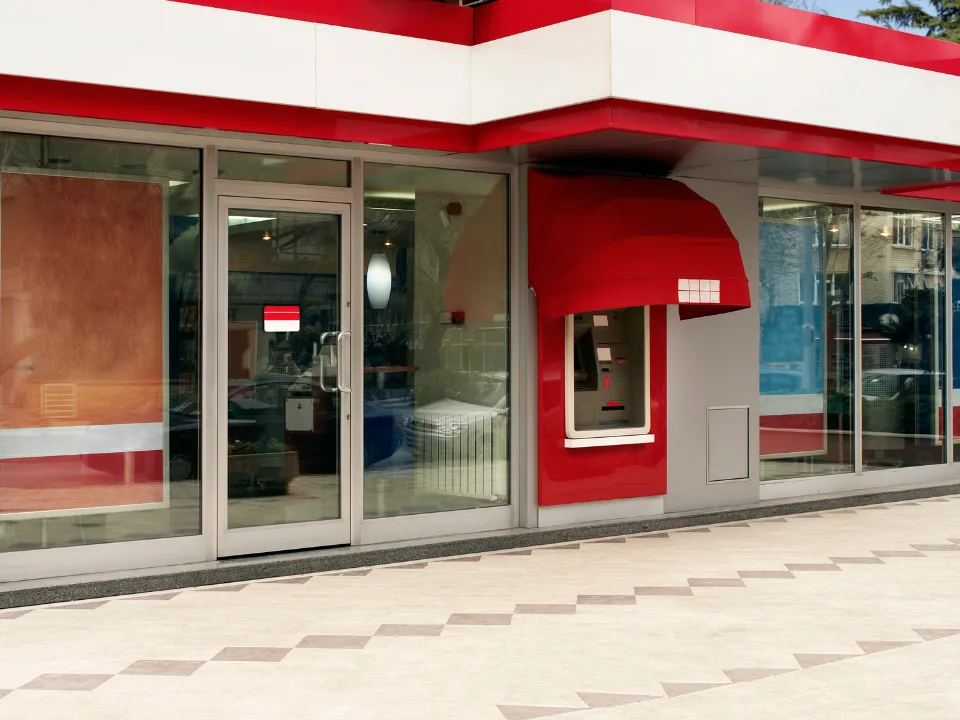- Only 30% of industrial lease searches are leading to signed deals, down from quicker closures during the pandemic era.
- Third-party logistics providers are driving demand, accounting for 21% of leasing volume in 2024, up 66% since 2020.
- Increased inventory and normalized market conditions have shifted leverage to tenants, extending lease timelines and increasing negotiation complexity.
As reported by Bisnow, industrial leases are taking longer to close, with an average timeline of 9 months in 2024 compared to four months in 2020.
The Role of Providers
Mehtab Randhawa, global head of industrial research at JLL, said high borrowing costs and uncertain macroeconomic conditions are contributing to the slowdown.
“Decision-making timelines are expanding,” Randhawa noted, pointing to the growing number of decision-makers involved in deals and the prioritization of logistics optimization over expansion.
The Role of Providers
A major factor in the sluggish leasing market is the rise of third-party logistics providers, which allow businesses to outsource supply chain functions instead of leasing their own spaces.
3PLs have become the largest segment of industrial tenants, overtaking traditional users like construction and manufacturing. This shift has created a paradox:
- More tenants are touring available spaces.
- Fewer are signing leases as 3PL contracts often replace direct leases.
Post-Pandemic
During the pandemic, supply chain disruptions drove industrial users to lease excess space, prioritizing “just-in-case” inventory strategies to buffer against delays.
Now, companies are reverting to “just-in-time” models that maximize efficiency. Excess pandemic-era space is being absorbed back into supply chains, further reducing the urgency to lease additional properties.
Get Smarter about what matters in CRE
Stay ahead of trends in commercial real estate with CRE Daily – the free newsletter delivering everything you need to start your day in just 5-minutes
Tenant Leverage
The U.S. industrial market has normalized since the pandemic’s peak:
- Vacancy Rates: National vacancy has risen to 7.3%, a 2% increase from 2023.
- Inventory Growth: Over 260 MSF of new inventory was delivered last year, with another 357M SF under construction.
- Rent Trends: Asking rents averaged $9.57 PSF nationally in September, but the pressure from increased supply may push rates downward.
Wayne Schuchts, managing principal at SRS Industrial, noted that tenants now feel less urgency:
“Tenants were on the wrong side during Covid. Landlords had all the leverage. Now, markets are much more normalized.”
The Future of Leasing
The shift toward efficiency and cost containment will shape the industrial leasing market for years.
Randhawa predicts that automation and retrofitting existing facilities will become the key focus as companies weigh the high costs of larger spaces against the benefits of optimizing current assets.
While leasing volume is expected to rebound in 2025, activity will likely remain below historical averages as the market adapts to evolving logistics strategies and persistent economic uncertainty..

















